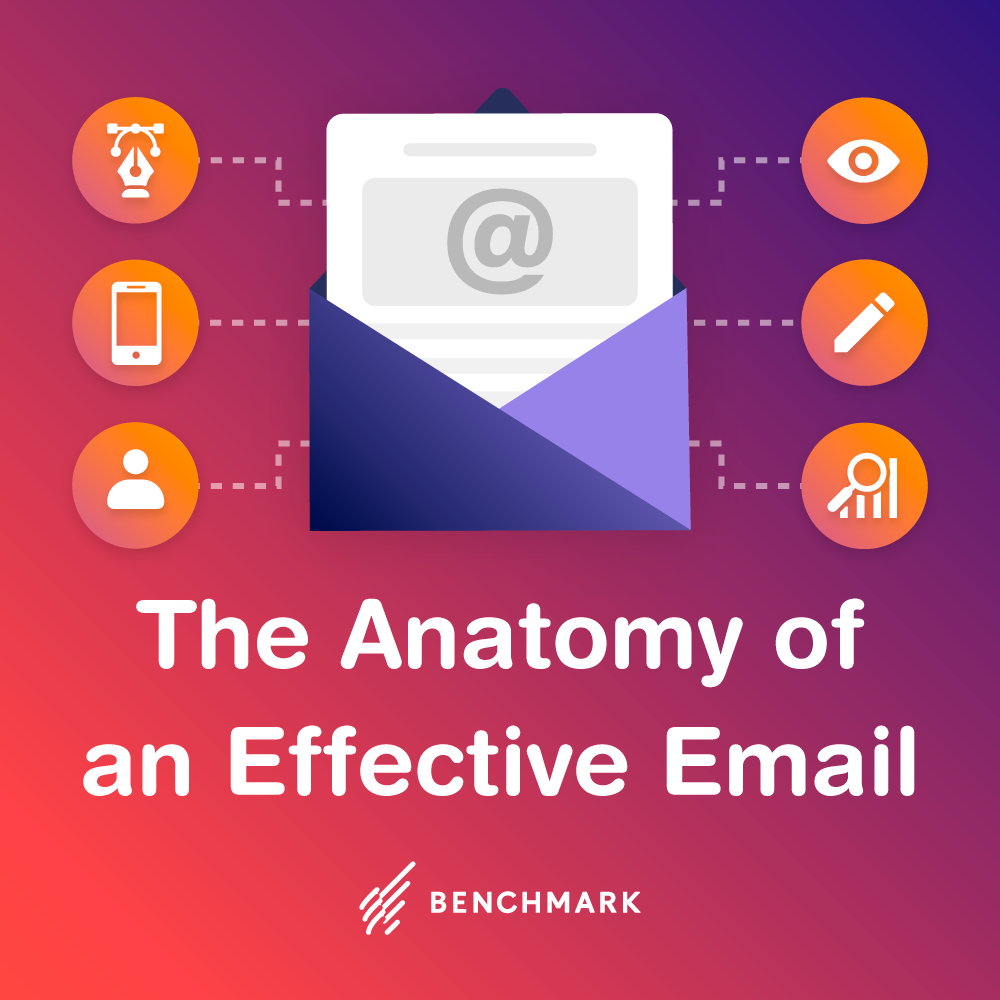
Arguably the best piece of thought on developing a marketing culture comes from Anne Milley of Smart Data Collective, who compared the process with organic gardening, adding that “if we want to harvest good things from our organizations, we have to nurture the culture. We can’t control every factor, but we can do a number of things to influence the harvest.” That piece, entitled “Analytical Cultures: Nurture Yours Through Training” goes on to describe the role business intelligence plays in an overall business culture. If we’re talking about culture, which judging by the streams of content across the net that define and redefine new systems of thinking, shouldn’t we pay perhaps the closer attention to the analytics involved? I think so.
So how exactly do you factor in a culture of analytics into your existing business stream? Here is another area where Milley’s post excels, offering not just glossy theory but rather a set of tangible ideas that you can put into practice this week. Noting that “organizations with strong analytic cultures have powerful analytic infrastructures with multiple usage paradigms,” she a list of suggestions, including:
1. Holding Workshops
Call them “Analytics Days” but the idea here is to have a meeting of the minds among industry colleagues to see what works, what doesn’t, and what can be improved upon.
Essentially, she promotes creating an analytical hive mind – or in other words, a group mind. Oddly enough, the idea is also not too different from the gaming software of a similar name, HiveMind. HiveMind, for example, is a personal gaming concept in which the player’s interests affect the content of the game. In the case of a game like FarmVille, which most of us are probably familiar with, the idea would be to learn about users and implement that intelligence into the gaming framework (as opposed to the other way around). It’s a brilliant theory that should be applied to workshops; the idea that we actually walk away changing the system rather than having the system change us.
You could also tap into the collective “hive mind” of the industry’s best analytical thinkers by attending any number of annual summits and conventions on the subject. There’s the (1) Predictive Analytics Innovation Summit taking place February 19 and 20 in San Diego, Ca., (2) Gartner Business Intelligence & Analytics Summit from March 31 – April 4 in Las Vegas, and (3) Analytics 2014 Conference Series, also in Las Vegas from October 20-21.
2. Encouraging Education
Part of staying relevant in business involves knowing how the game is changing and being at the forefront that change. Milley supports “enabling employees to take professional courses or bring those courses on site”, have your own training department, or pay for university degrees or courses.
Furthering an employee’s education is good business sense. It’s also an attractive competitive advantage for drawing in cream of the crop talent. Businesses can decide how they’re going to accomplish this, what they’re willing to pay for, and what their options are based on an individual basis. However, if you’re still stumped in how to proceed, there’s a guide for that over at Bizfilings.com.
Another idea, according the Fox Business Small Business Center, is to have a monthly voluntary session navigated by upper level employees offering their advice, tips, and tools. The article quotes CEO Kenneth Wisnefski who “implemented mandatory weekly continuing education classes for his staff on the basis that ‘in our business you can be a dinosaur in three months.”



